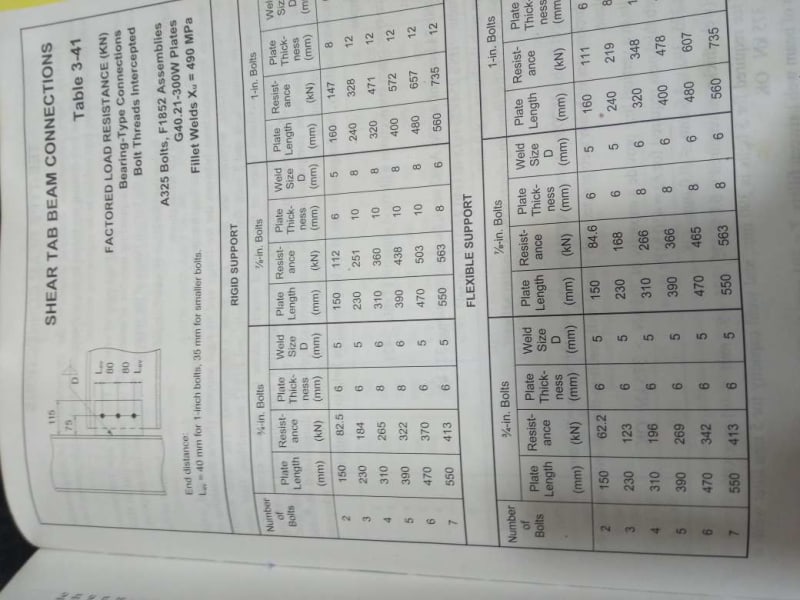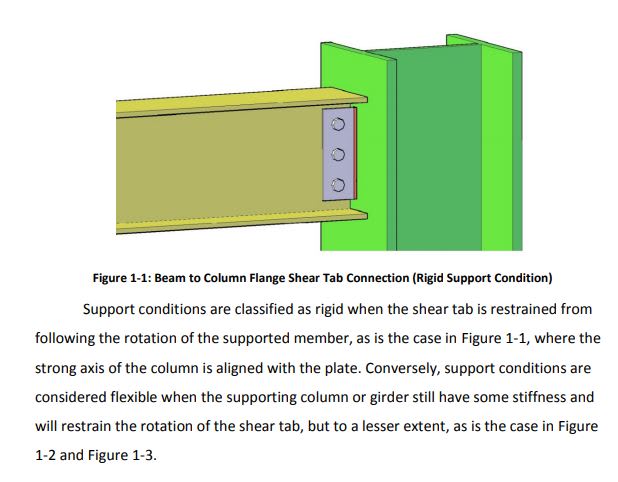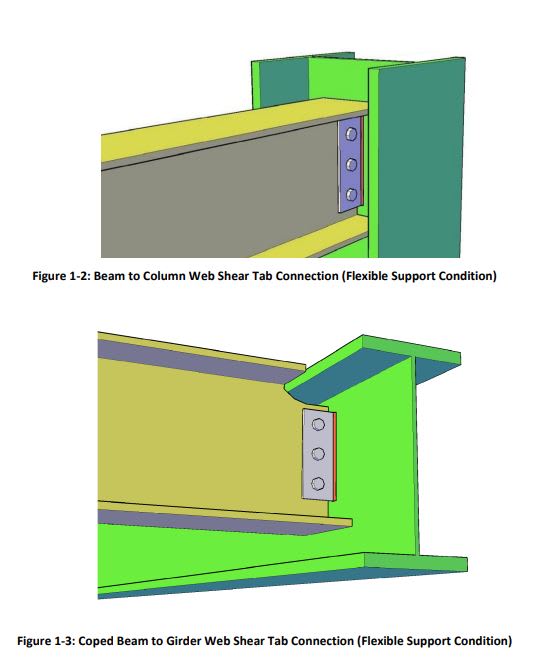Veer007
Civil/Environmental
- Sep 7, 2016
- 379
Hey guys, I have thru plate connection for HSS column to w beam. Could i consider this as rigid connction only for checking shear capacity as i have different bolt value while it is flexible or rigid.
Thanks in advance!!
Thanks in advance!!



